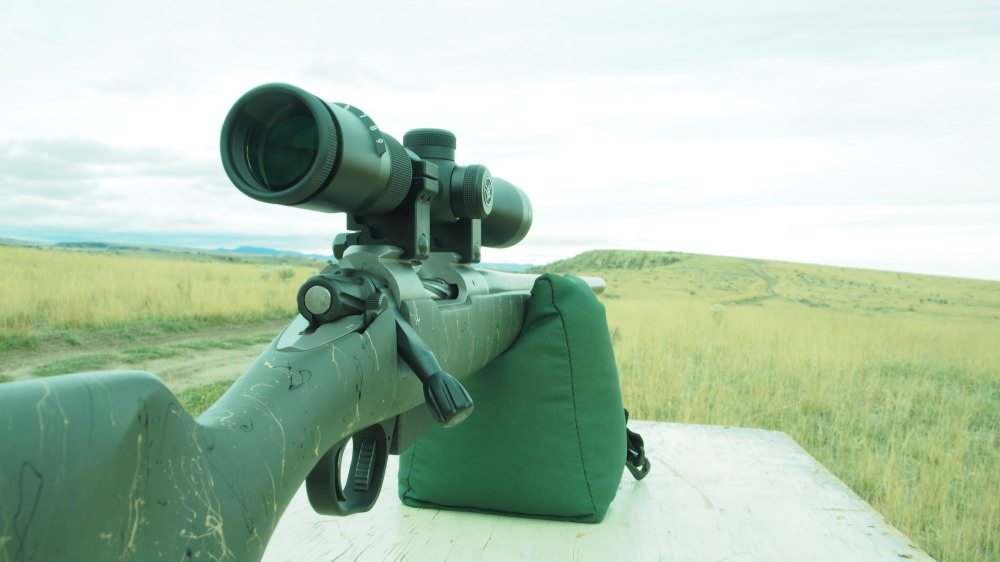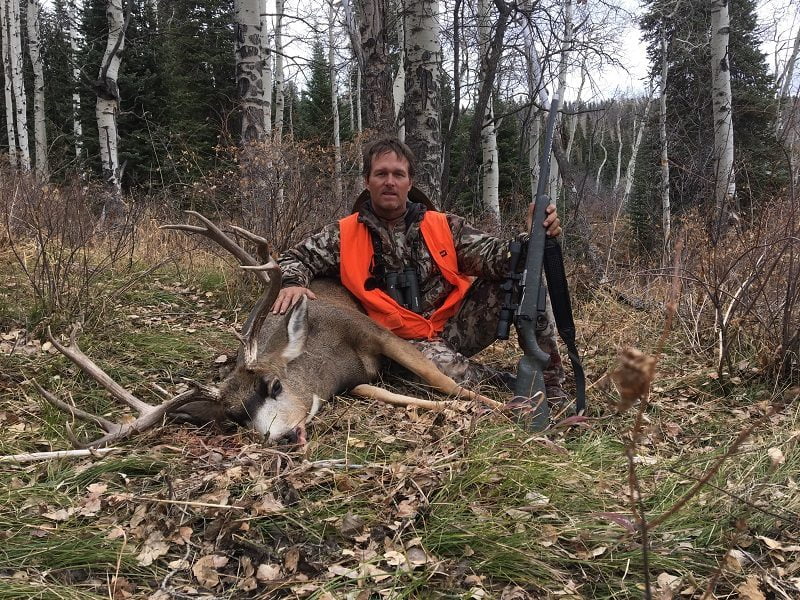the downside to bdc is it almost never lines up with your gun & ammo choice. so on top of finding and using the 400 yard line, you have to remember, for instance, to hold a foot high or top of target, etc. plus as noted above, atmospherics change from home to where you're hunting which can make the offsets worse.
i don't like dialing when i'm on the clock (at prs matches or hunting situations). esp when it's dark or you're in a hurry (or don't have your reading glasses on...), easy to get it wrong and heaven forbid if you don't get back to zero (zero stops help of course).
so i like a first focal plane scope, and holding over. with ffp, the reticle (windage and elevation lines) is accurate at any magnification, so i put it on the zoom i want, hold over as needed and boom. on site i'll run the atmospherics on my kestrel, dump that into my 'shooter' phone app ($10, bargain) and write down or remember the drops at 2, 3, 4, 5 & 600yds. the problem with ffp scopes is the reticle gets big and small as you zoom in and out. so if your scope goes to 20x and you have it at 6x, that reticle is pretty small/thin. having illumination (including the lines, not just the dead center x) definitely helps. it also helps to get a magnification range that matches your hunting situations. don't get a 4.5-27 if you likely won't zoom past 15x while hunting, but get a 3-15 instead.
second focal plane scopes generally only have reticles that are accurate at full magnification. so if your scope goes to 20x and you have it at 12x, you have some math to do to get the right holdovers.
one scope i have is the nikon black 1000 (iirc) 4-16x50 ffp. i think they are getting or are already out of the scope biz. it checks all the boxes (f1, illum, not too heavy/bulky) though i've been looking for other options.


